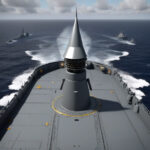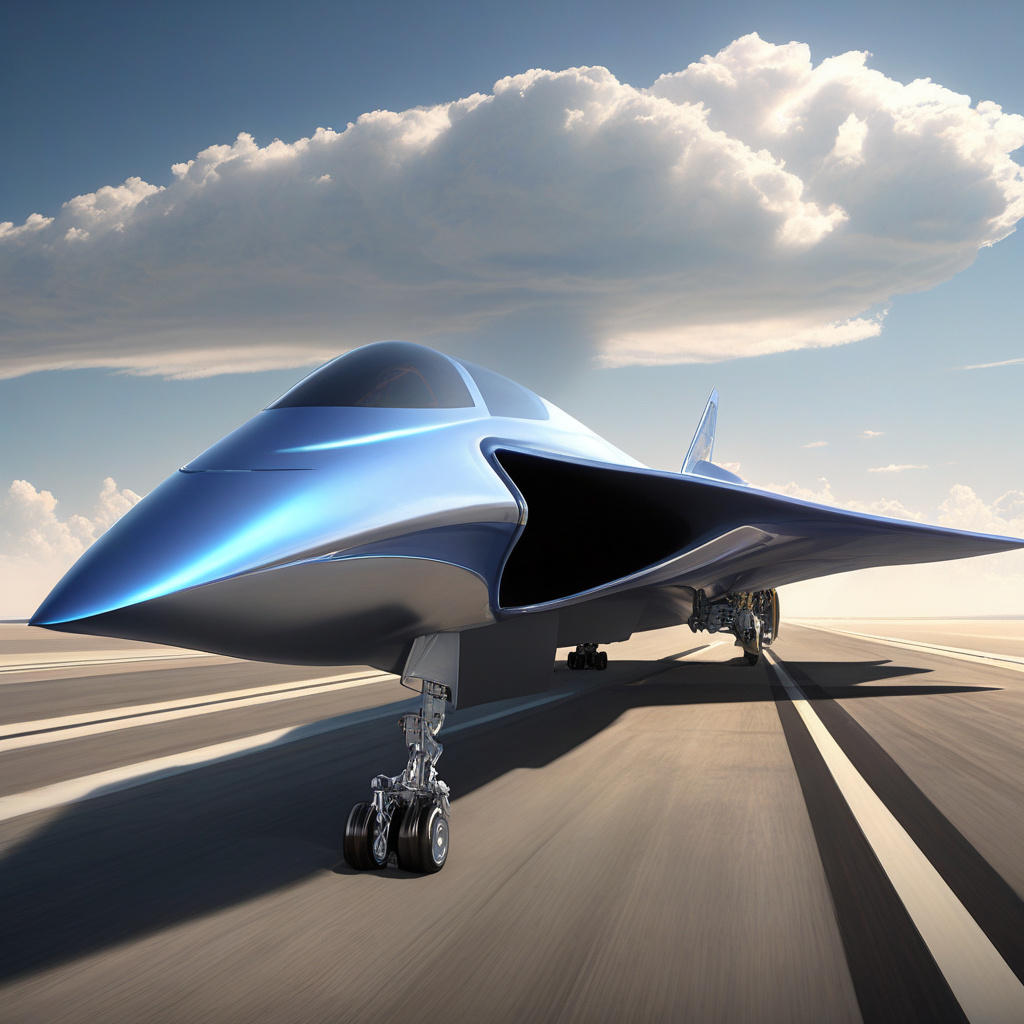US Tests World’s First Hypersonic Jet Engine that Hits Mach 6 Straight from Runways
In a significant step toward closing the hypersonic technology gap with China, Venus Aerospace, a cutting-edge aerospace company based in the United States, has successfully tested the world’s first hypersonic jet engine capable of reaching speeds of Mach 6. This groundbreaking achievement signals a new era in aviation technology, with the potential to revolutionize the aerospace industry and redefine the future of air travel.
The successful test flight of the hypersonic jet engine represents a major milestone in the development of high-speed air travel. With the ability to reach speeds six times faster than the speed of sound, this innovative engine paves the way for faster, more efficient, and more sustainable air travel options. By harnessing the power of hypersonic technology, Venus Aerospace aims to create a new generation of aircraft that can travel at unprecedented speeds, reducing travel times and increasing connectivity between destinations.
One of the key advantages of hypersonic technology is its ability to enable aircraft to travel at speeds that were previously unimaginable. By reaching Mach 6 straight from conventional airport runways, the new hypersonic jet engine developed by Venus Aerospace eliminates the need for specialized launch facilities, making high-speed air travel more accessible and cost-effective. This opens up new possibilities for commercial airlines, military applications, and space exploration, with potential benefits for industries ranging from logistics to tourism.
The successful test of the hypersonic jet engine underscores the United States’ commitment to advancing aerospace technology and maintaining its leadership in the global aviation industry. With countries like China investing heavily in hypersonic research and development, the US is taking proactive steps to ensure that it remains at the forefront of technological innovation. By testing and validating cutting-edge technologies such as the hypersonic jet engine, American companies like Venus Aerospace are driving progress and pushing the boundaries of what is possible in aviation.
In addition to its implications for the aerospace industry, the development of the world’s first hypersonic jet engine has far-reaching implications for national security and defense. Hypersonic technology has the potential to enhance the capabilities of military aircraft, enabling faster response times and improved maneuverability in combat situations. By investing in hypersonic research and development, the US is strengthening its defense capabilities and ensuring its readiness to meet the challenges of the 21st century.
Looking ahead, the successful test of the hypersonic jet engine by Venus Aerospace represents just the beginning of a new era in aviation technology. As companies and governments around the world continue to invest in hypersonic research and development, we can expect to see rapid advancements in high-speed air travel, space exploration, and military applications. The era of hypersonic flight is dawning, and the possibilities for innovation and progress are limitless.
In conclusion, the recent test of the world’s first hypersonic jet engine by Venus Aerospace marks a significant milestone in the advancement of aerospace technology. With the ability to reach speeds of Mach 6 straight from conventional airport runways, this groundbreaking engine has the potential to revolutionize air travel, enhance national security, and drive technological innovation across industries. As the US and other countries continue to invest in hypersonic research, we can expect to see a new era of high-speed flight that will shape the future of aviation for years to come.
hypersonic technology, aerospace innovation, high-speed air travel, Venus Aerospace, Mach 6












